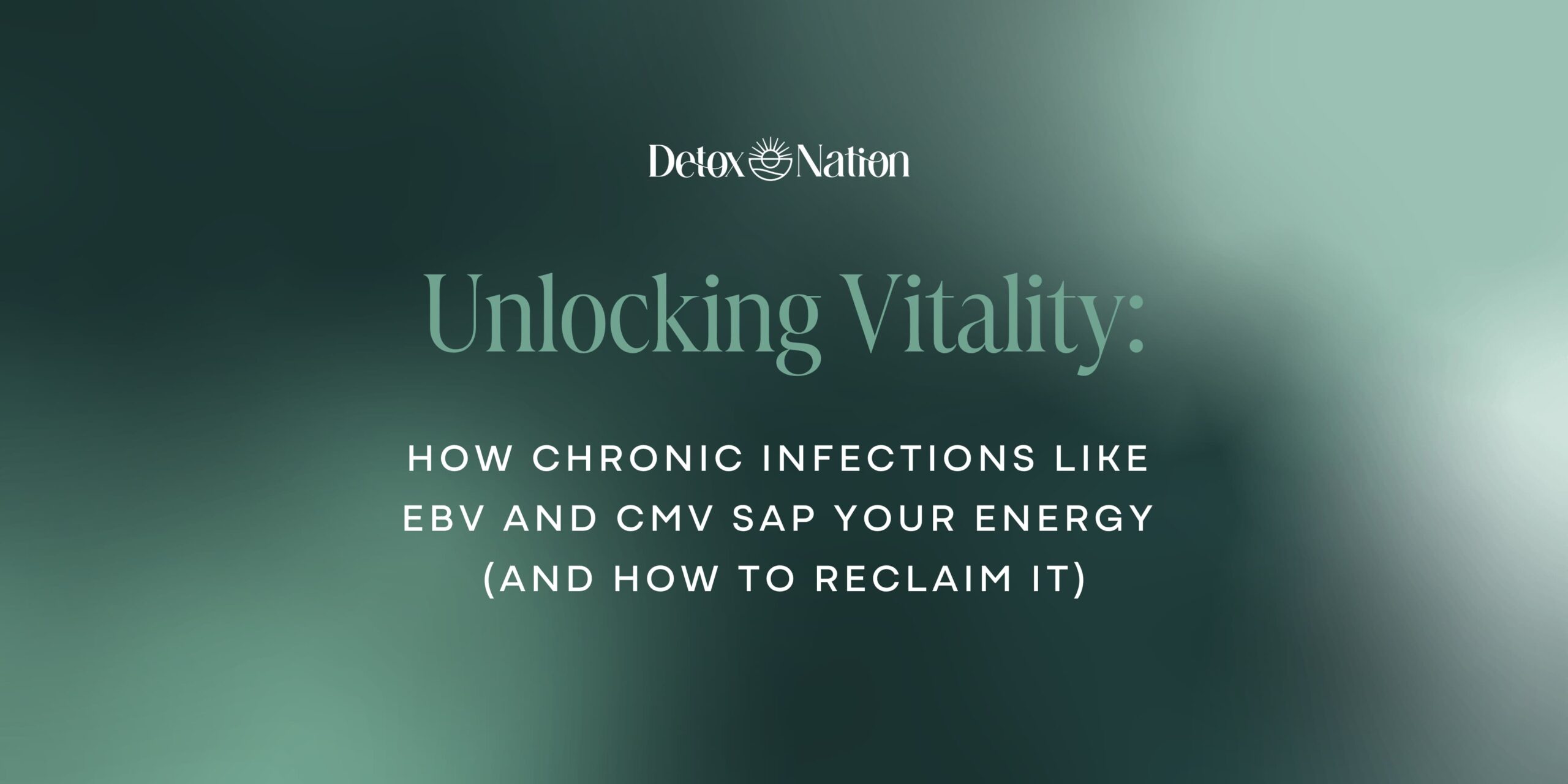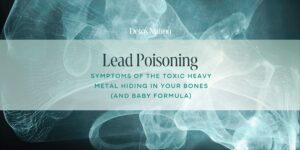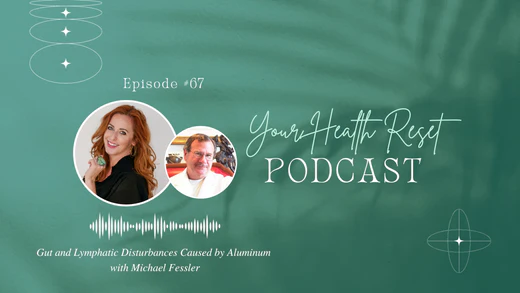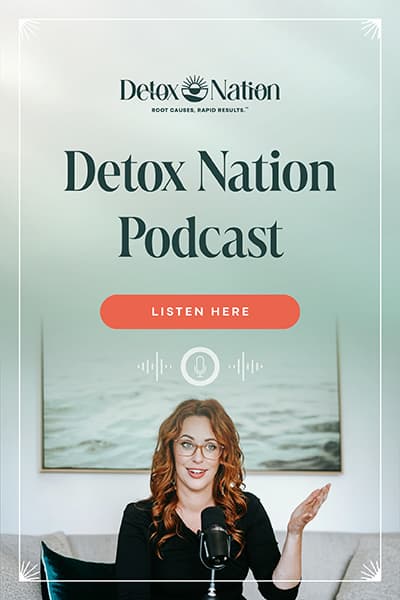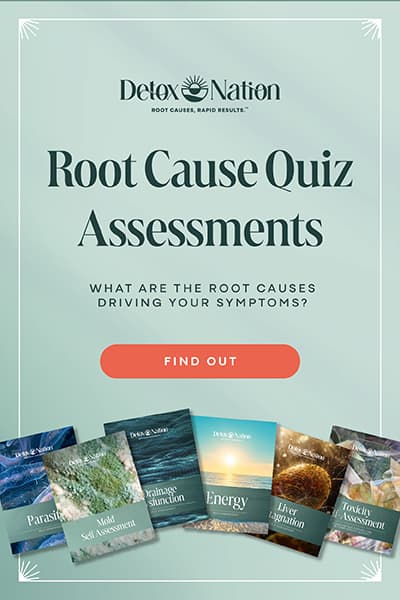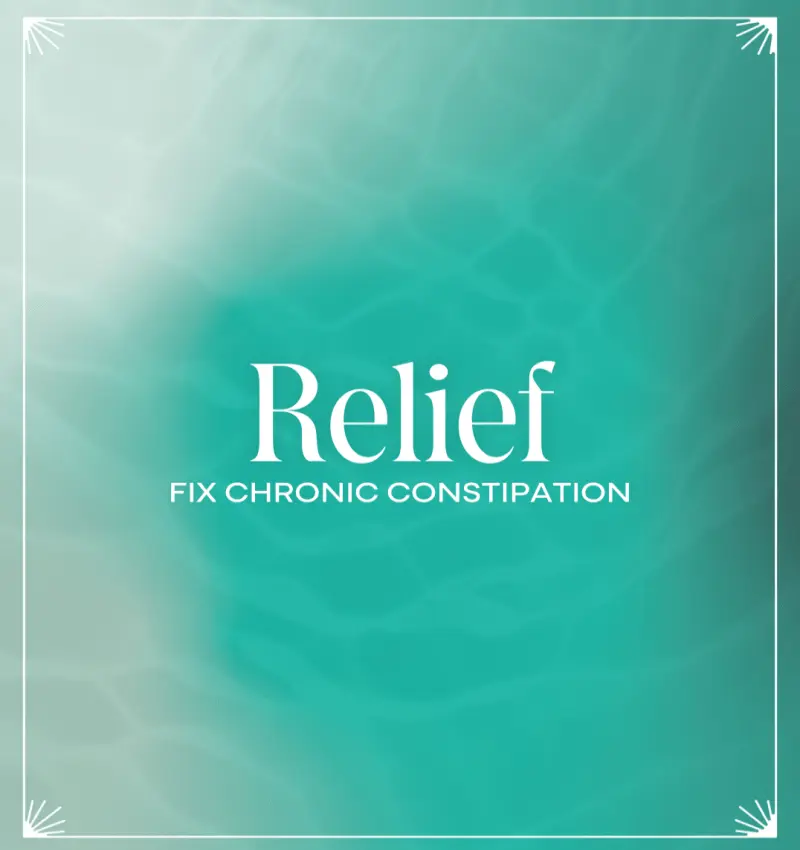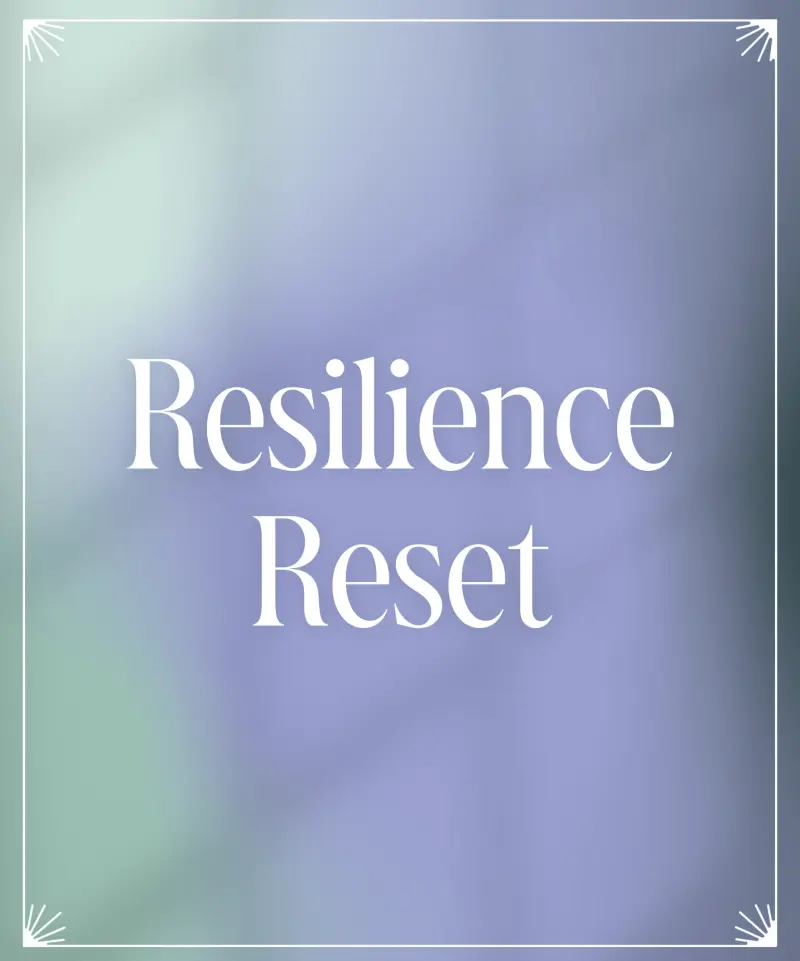You’ve cleaned up your diet, sworn off caffeine (well, mostly), tried every supplement your podcast lineup recommended—and yet, you still wake up feeling like someone pulled the batteries out of your body overnight.
You’re exhausted by noon.
Even simple decisions—like whether to cook or just stare at the fridge—feel like too much.
And the worst part?
Your labs are “normal,” your doctor’s out of ideas, and you’re starting to wonder if maybe it is all in your head.
Let me stop you right there.
There’s a reason you still feel this way—because your body doesn’t make mistakes.
If you’ve been living with persistent fatigue, brain fog, and mystery symptoms no one can explain, it’s time to talk about chronic viral infections—specifically Epstein-Barr Virus (EBV), Cytomegalovirus (CMV), and Lyme Disease (LD).
These are very common residents of the human body.
Key Takeaways
- Persistent infections like EBV, CMV, and LD can silently drain your energy for years
- Other stressors like mold, metals, trauma, and parasites make viral reactivation more likely
- You don’t need to fight harder—you need to support smarter
We’re going to unpack what these chronic infections are really doing and what your body’s been trying to tell you all along.
Let’s start where most doctors don’t: with the viruses you were told not to worry about.

Meet the Culprits: They Aren’t “Gone” Just Because the Fever Passed
You probably don’t remember when you picked them up.
Maybe you had mono as a teen and were told you’d “recover in a few weeks,” but your energy was never quite the same.
Maybe you had a stressful corporate career that left you feeling like a burned-out husk of yourself.
Or maybe you’ve never had a dramatic viral or bacterial illness—just a slow, steady slide into exhaustion that no one could explain.
Since the average human is infected with 8-12 persistent viruses in their lifetime, when you picked them up may not matter (23).
If you’ve been dealing with chronic symptoms like brain fog, joint pain, bloating, random skin flare-ups, or that bone-deep fatigue that makes folding laundry feel like summiting Everest, there’s a good chance chronic infections are part of your story.
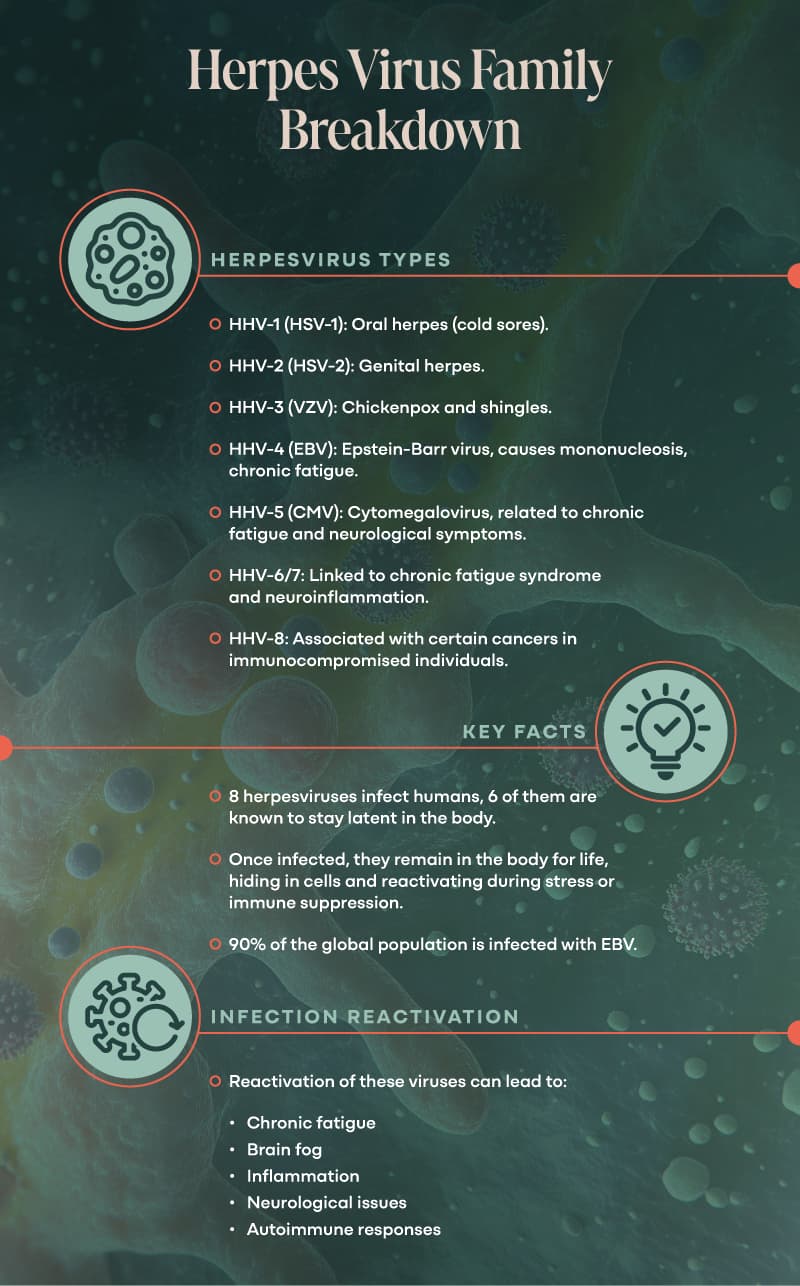
Epstein-Barr Virus (EBV) and Cytomegalovirus (CMV)
Let’s get specific: Epstein-Barr Virus and Cytomegalovirus are members of the herpesvirus family (yes, that one) (1, 5, 6, 14, 27).
While there are over 100 known herpes-viruses, 8 of them commonly infect humans, and are notorious for their ability to hide and reactivate. Here’s the lineup of Human Herpes Viruses (HHV):
- HHV1 / HSV-1: Oral herpes AKA cold sores
- HHV2 / HSV-2: Genital herpes
- HHV3 / VZV: Chickenpox and shingles
- HHV4 / EBV: Epstein-Barr virus, causes mononucleosis (4, 5, 6, 10)
- HHV5 / CMV: Cytomegalovirus, can also cause mononucleosis (3, 10)
- HHV-6 and HHV-7: Often linked to chronic fatigue and neuroinflammation (25, 27)
- HHV-8: Associated with certain cancers, especially in immunocompromised individuals
Unlike a cold that comes and goes, these viruses don’t clear out (25).
They go latent, which means they tuck themselves into your cells and stay. Forever.
And while they’re “asleep,” your immune system is constantly monitoring them. That alone takes energy.
But when your system gets overwhelmed—due to mold, parasites, trauma, nutrient depletion, or just modern life—these viruses can flip the switch and reactivate (1, 21, 28).
EBV has been linked to:
- Chronic fatigue symptoms (5, 6, 11, 12, 25, 27)
- Disruption of the blood-brain-barrier, causing neuroinflammation, brain fog, and neurodegeneration (7, 28)
- Multiple Sclerosis (7, 28)
- Several types of cancers (4, 7, 11, 14)
CMV is less famous, but just as disruptive. It’s been connected to:
- Natural Killer cell expansion (8, 13)
- Chronic fatigue (25)
- Periconception vertical transmission rate of 20% – the fancy way of saying Mom gives it to her child around the time of conception (26)
EBV infects more than 90% of the global population (1, 4, 6, 7, 21).
So if your doctor ran a single test and said, “It’s fine, everyone has it,” they weren’t wrong. But they were incomplete.
Because just “having” a virus isn’t the issue—it’s what the virus is doing, and how your body must respond.
How We Can Help
Our Healing Labs program is where we dig into the real root causes with advanced toxin testing, personalized protocols, and expert support every step of the way. It’s for people who are ready to stop throwing darts in the dark—and finally get traction in their healing.
Learn MoreLyme Disease and Co-Infections
Let’s talk about Lyme disease. For many, it’s not just a tick bite and a bullseye rash.
It’s years of unexplained symptoms, bouncing from specialist to specialist, collecting diagnoses that never quite explain the full picture.
Lyme is often a complex web of co-infections that disrupt your immune system, nervous system, and energy production (32, 34, 37, 39, 42, 45, 46).
And here’s the kicker: many people never remember a tick bite at all.
Some more facts about Lyme Disease:
- It’s a spirochete bacterium (34, 42), and it’s closest bacterial “cousin” is the bacteria that causes syphilis.
- With it’s corkscrew shape, it can “burrow” into tissues – so the blood test is often falsely negative (34).
- These sneaky spirochetes can suppress your immune system, trick your immune system into tolerating them, hide inside of cells, change their shape and function in different areas of your body, create biofilms, and dig into immune-privileged areas (like the brain) of your body (34).
- The tick that carries the BB bacteria is a recognized vector of seven human pathogens (37).
- You can be infected with different pathogens from one tick bite or from multiple tick bites (37).
- In 20% of reported cases, LD infects the brain. This is called neuroborreliosis (30, 38, 43).
- Coinfections have similar symptoms and include:
- Anaplasmosis, a bacterial infection of your neutrophils, a type of white blood cell (32, 37, 39, 42, 45)
- Babesiosis, a parasitic infection of your red blood cells (36, 37, 44, 45
- Ehrlichiosis, a bacterial infection (45)
- Powassan Virus, a viral encephalitis with a mortality rate of 11%, can be transmitted within 15 minutes (31, 32, 35, 45)
Now that you know who the culprits are, let’s talk about how they drain your energy—starting with the silent fire they light in your system: chronic low-grade inflammation.
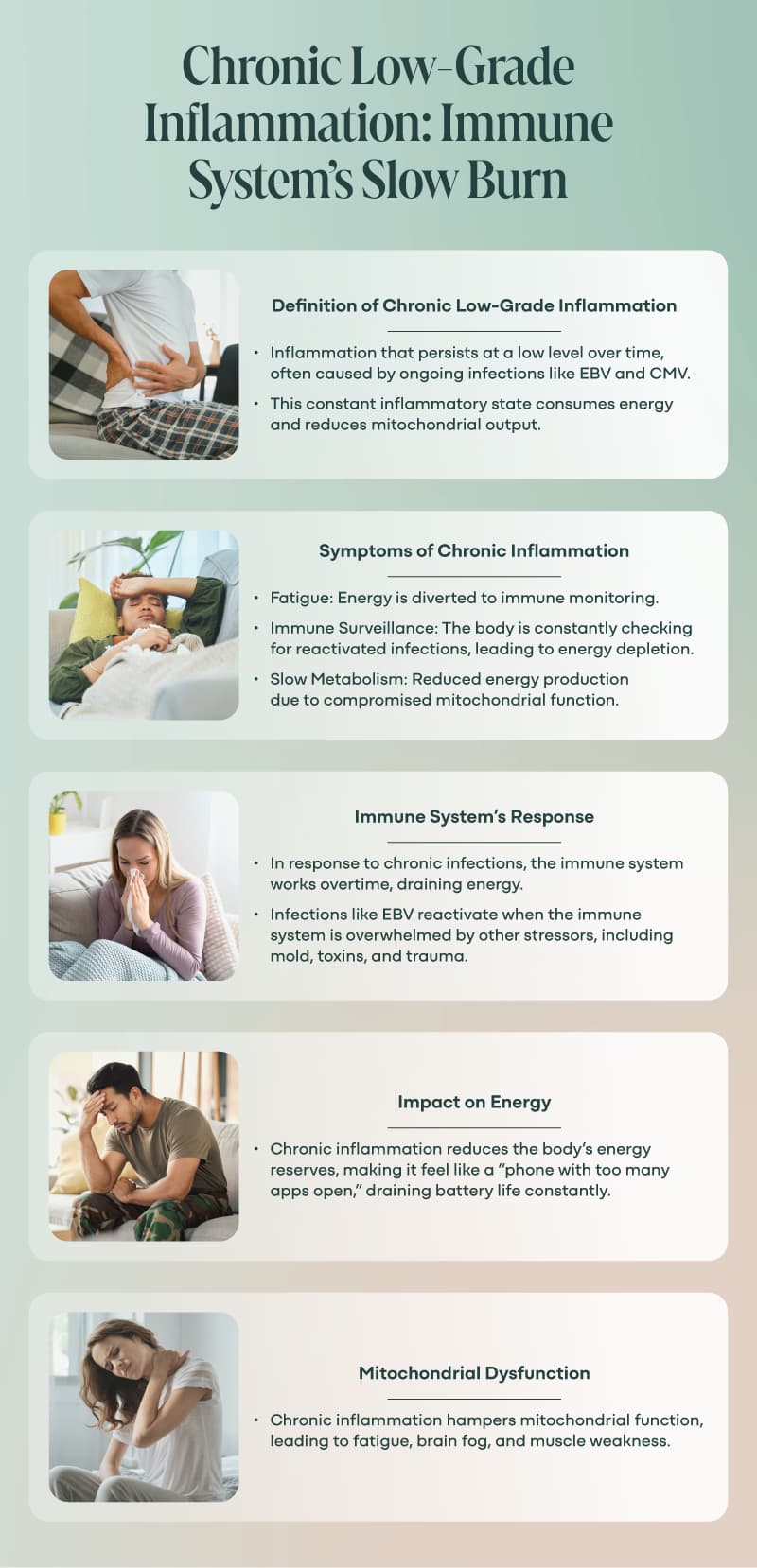
Chronic Low-Grade Inflammation: Your Immune System’s Slow Burn
You know that feeling when your phone’s running 17 apps at once, your GPS is on, and the battery plummets even though you haven’t touched it in an hour?
That’s your body on chronic low-grade inflammation—only instead of Netflix and Spotify, it’s your immune system quietly chewing through your energy stores trying to keep chronic viruses in check (9, 24).
When your body first encounters a virus, it mounts an attack. That’s what the fever, fatigue, and body aches are for.
But once that initial wave passes, viruses like EBV and CMV don’t pack up and leave.
They go stealth. They embed into your cells and stay quiet enough to fly under the radar.
Your immune system doesn’t forget they’re there. So, it keeps one eye open. Always.
This slow, smoldering burn is what researchers call chronic low-grade inflammation.
When inflammation is chronically present, your mitochondria reduce output.
Your body intentionally redirects resources toward constant immune monitoring, instead of giving you the fuel you need to live your life.
Next, let’s go deeper into what happens when that low-grade inflammation turns into something bigger: a full-body “lockdown” response called the Cell Danger Response.
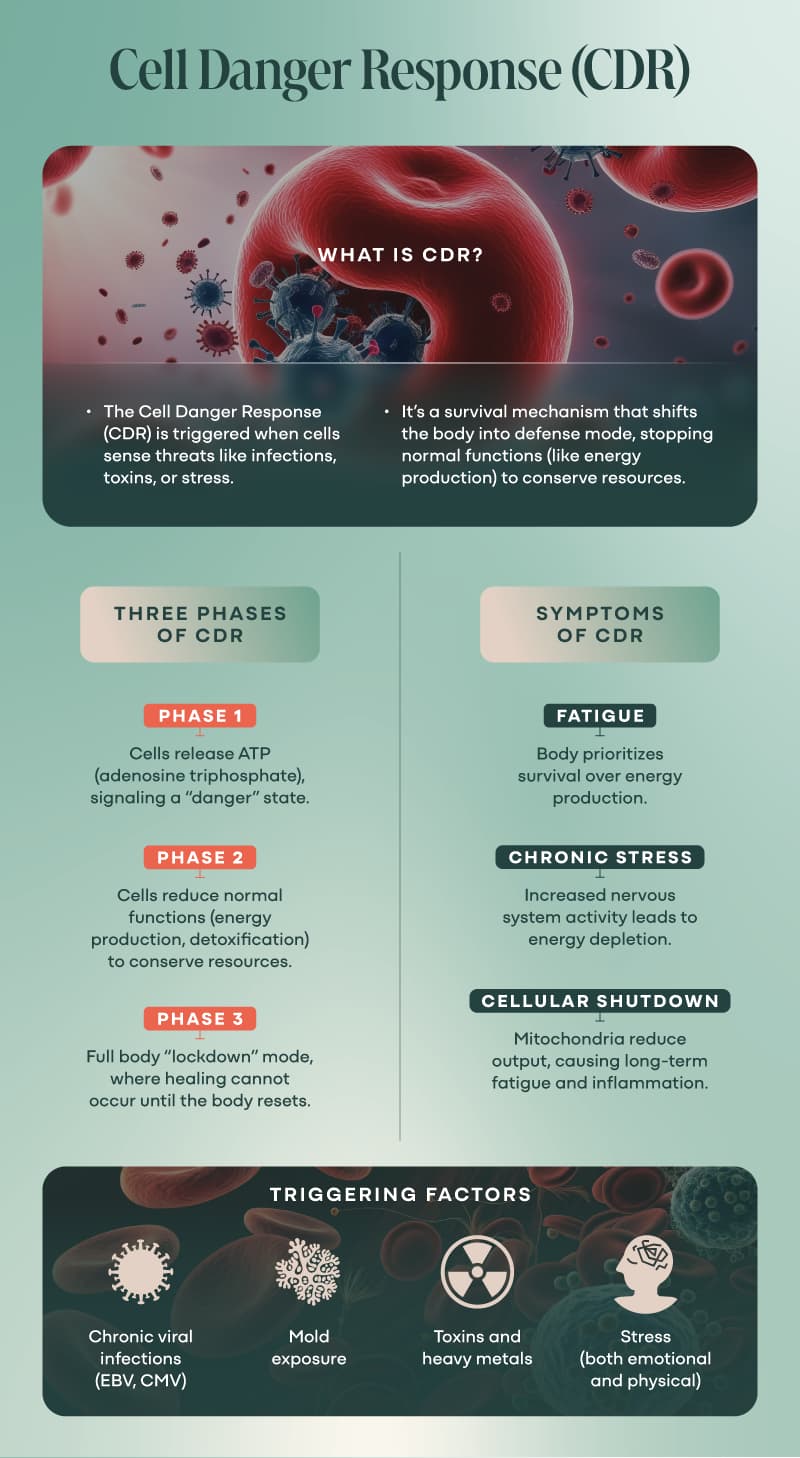
Cell Danger Response: When Your Body Hits the Brakes
If you’ve never heard of the Cell Danger Response (CDR), don’t worry—most practitioners haven’t either. But it’s critical to understanding what’s going on when chronic viral infections keep draining your energy.
Here’s the short version (2, 15, 16, 17, 18, 19):
When your cells sense danger—whether it’s a virus, toxin, trauma, or even long-term stress—they shift into defense mode.
The mitochondria sense the intruder and release ATP to signal danger, starting Phase I of CDR (15, 16, 17).
Cells pause normal function (like energy production, detox, or tissue repair) and focus entirely on survival.
Once triggered, your cells must complete all three phases of the CDR before healing can occur (2, 16, 18, 19).
This coordinated hypometabolic state is not dysfunction – that’s biology doing exactly what it was designed to do (20).
But this response is supposed to be temporary.
In an ideal world, the threat passes, the body resets, and you go back into rest-and-repair mode.
But we’re not living in that world. We’re living in one where:
- Infections flare quietly for years
- Mold and chemical exposures stack on top
- Your nervous system stays hyper-alert
- And you keep pushing through because rest feels like giving up
Instead of resetting, your system gets stuck in a chronic Cell Danger Response.
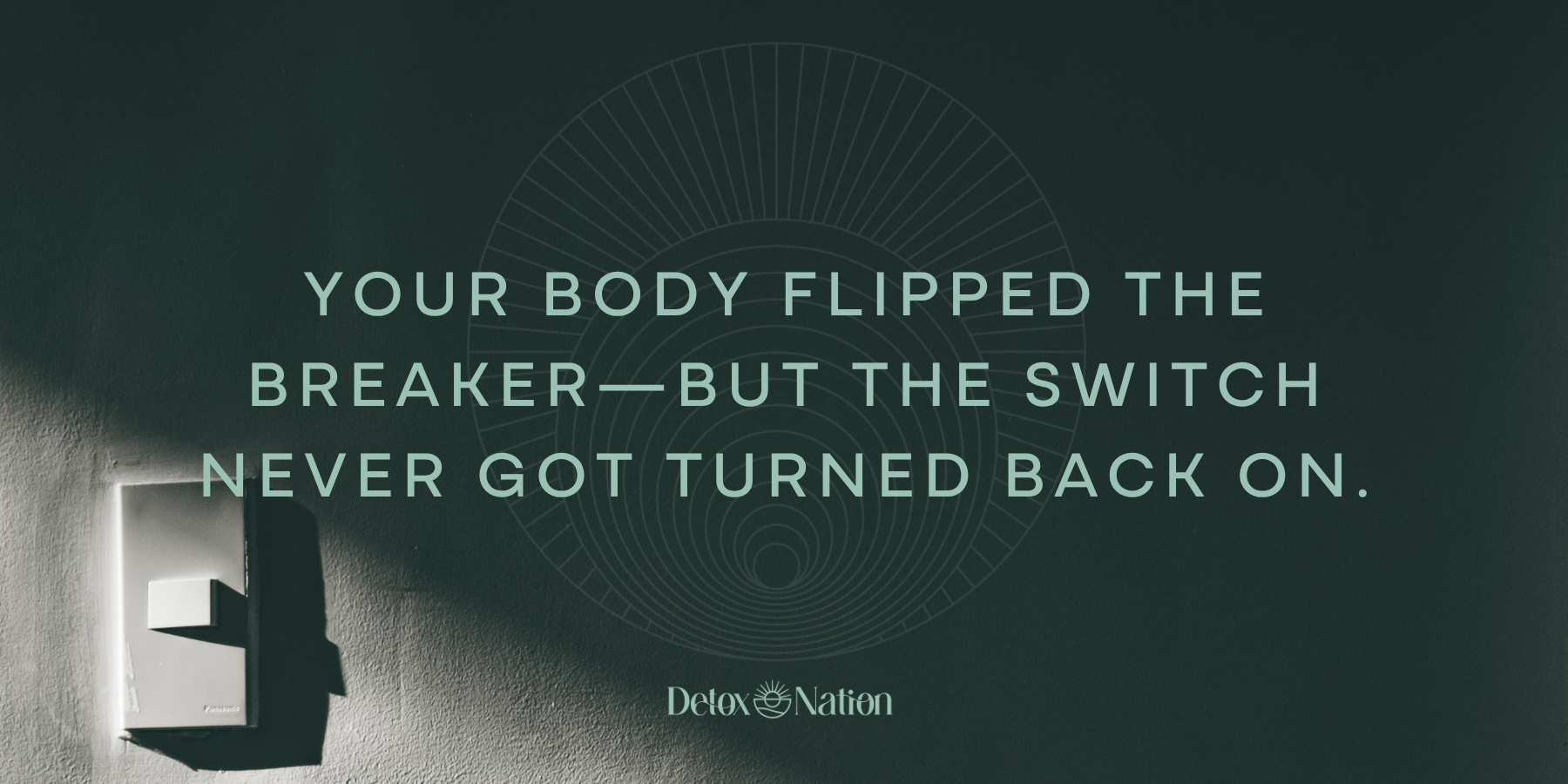
Think of it like this: your body flipped the breaker to protect the system—but the switch never got turned back on (2, 18, 19).
What does that look like in real life?
- Waking up tired after 9 hours of sleep
- Feeling emotionally flat, anxious, or both
- Getting sick often, or never getting fully well
- Struggling with bloating, constipation, or food reactions
- Feeling like your body is “just not cooperating” no matter what you try
CDR affects nearly every system in the body. It changes how your mitochondria function, how your nervous system communicates, and how your immune cells respond (2, 15, 16, 17, 18, 19).
The longer the CDR is active, the more your energy, resilience, and focus shrink because your body is making the tradeoff: survival over vitality.
But before we zoom out too far, let’s look at what happens when your immune system is caught between trying to fight and trying to conserve.
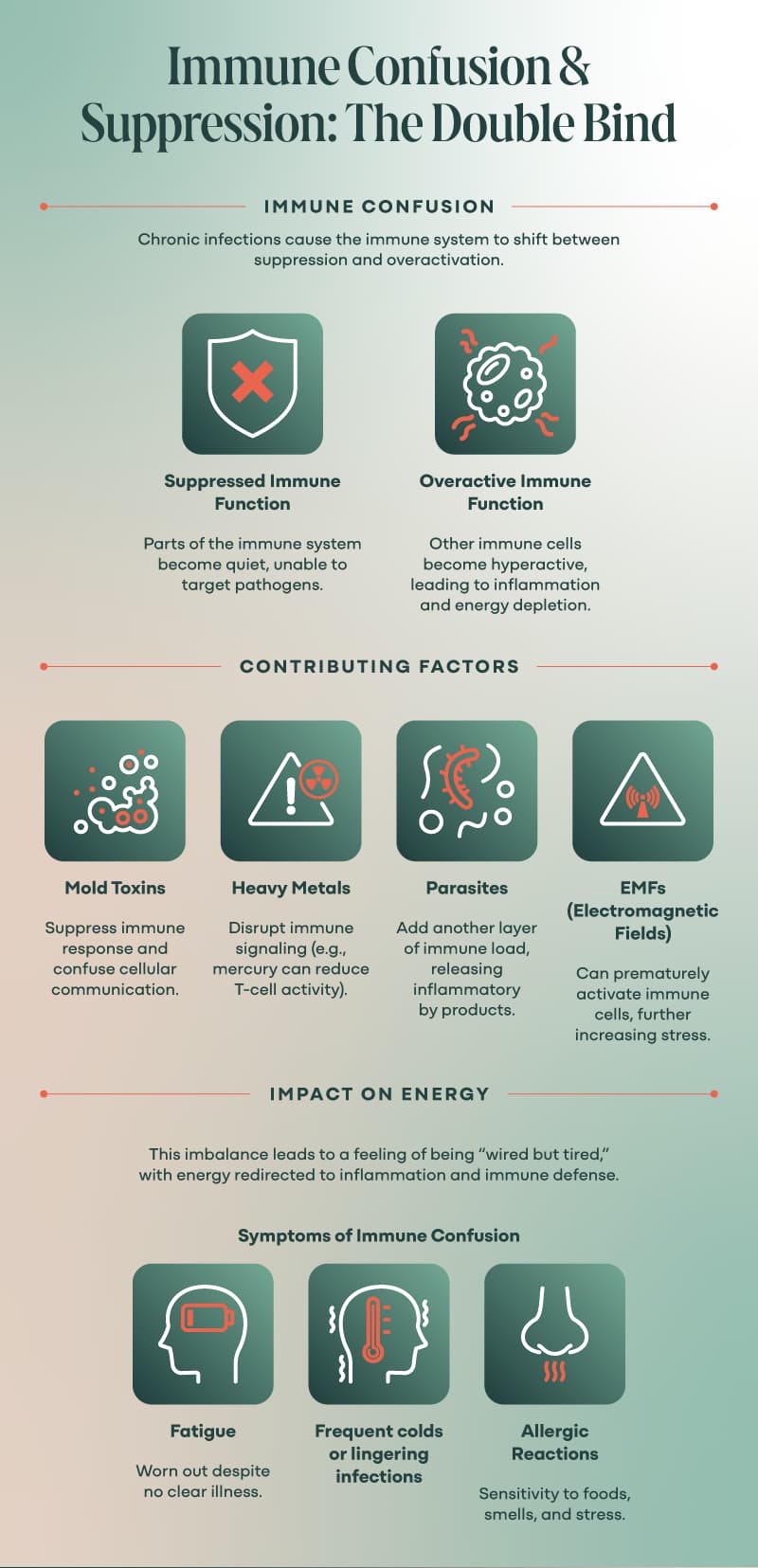
Immune Confusion & Suppression: The Double Bind
Your immune system is multitasking under impossible conditions, and it’s confused.
Not because it’s disorganized, but because it’s overloaded and constantly being pulled in conflicting directions.
Imagine a firefighter trying to put out five slow-burning blazes across a city with a single hose, all while someone’s cutting the water line.
That’s what your immune system is dealing with when chronic viral infections are active—and other stressors are in the mix.
Let’s talk about those other stressors, because they matter:
- Mold toxins suppress immune cell function and confuse cellular communication.
- Heavy metals interfere with detox and immune signaling (mercury, for example, can reduce T cell activity).
- Parasites can “train” the immune system to ignore their presence—while adding their own load of inflammatory byproducts.
- EMFs can activate immune cells prematurely and increase the stress burden on mitochondria.
- Trauma and long-term stress wear down the nervous system’s ability to regulate immunity altogether.
- Chemical toxins can disrupt your immune system, hormones, gut, and brain, and you’re exposed to hundreds or thousands of them on the daily.
While your immune system is trying to keep infections under control, it’s also dodging mold spores, cleaning up metal exposure, managing gut inflammation, and fielding constant signals from a dysregulated nervous system.
No wonder it’s confused.
In this state, two contradictory things happen at once:
- Immune suppression: Parts of your immune system get quiet—especially the ones that handle viruses and detox (like NK cells and macrophages).
- Immune overactivation: Other parts go into overdrive, especially the inflammatory ones. This contributes to that feeling of “wired and tired,” and makes you more sensitive to foods, smells, and stress.
You become more vulnerable to reactivations, more reactive to your environment, and more stuck in the loop.
Symptoms of this double bind often include:
- Frequent colds or infections that linger longer than they should
- Weird allergic reactions or new food sensitivities
- Getting totally wiped out after minor exertion
- And of course… the unrelenting fatigue

This immune pattern isn’t permanent. But it does require a different kind of support.
Throwing supplements at it won’t work. Forcing detox will make it worse.
What it needs is clear, consistent signals of safety—from your environment, your habits, and your nervous system.
And if infections are active, it creates a feedback loop. Viral inflammation keeps your nervous system on edge. Nervous system stress suppresses immune clarity. Your body stays stuck in the loop, and energy becomes the first casualty.
That’s why real healing—especially with chronic viral infections—is about changing the signal.
You don’t force your way out of immune suppression and sympathetic dominance. You invite your body back into regulation. Through breath, rhythm, nourishment, and flow.
And once you start creating that internal sense of safety, your body finally gets the green light to start cleaning house—including those viral tagalongs that have been squatting in your cells for years.
But here’s where it gets even more interesting (and science-y): pathogens are actively affecting how your immune cells function, how your energy is routed, and even how your cells prioritize survival over energy production.
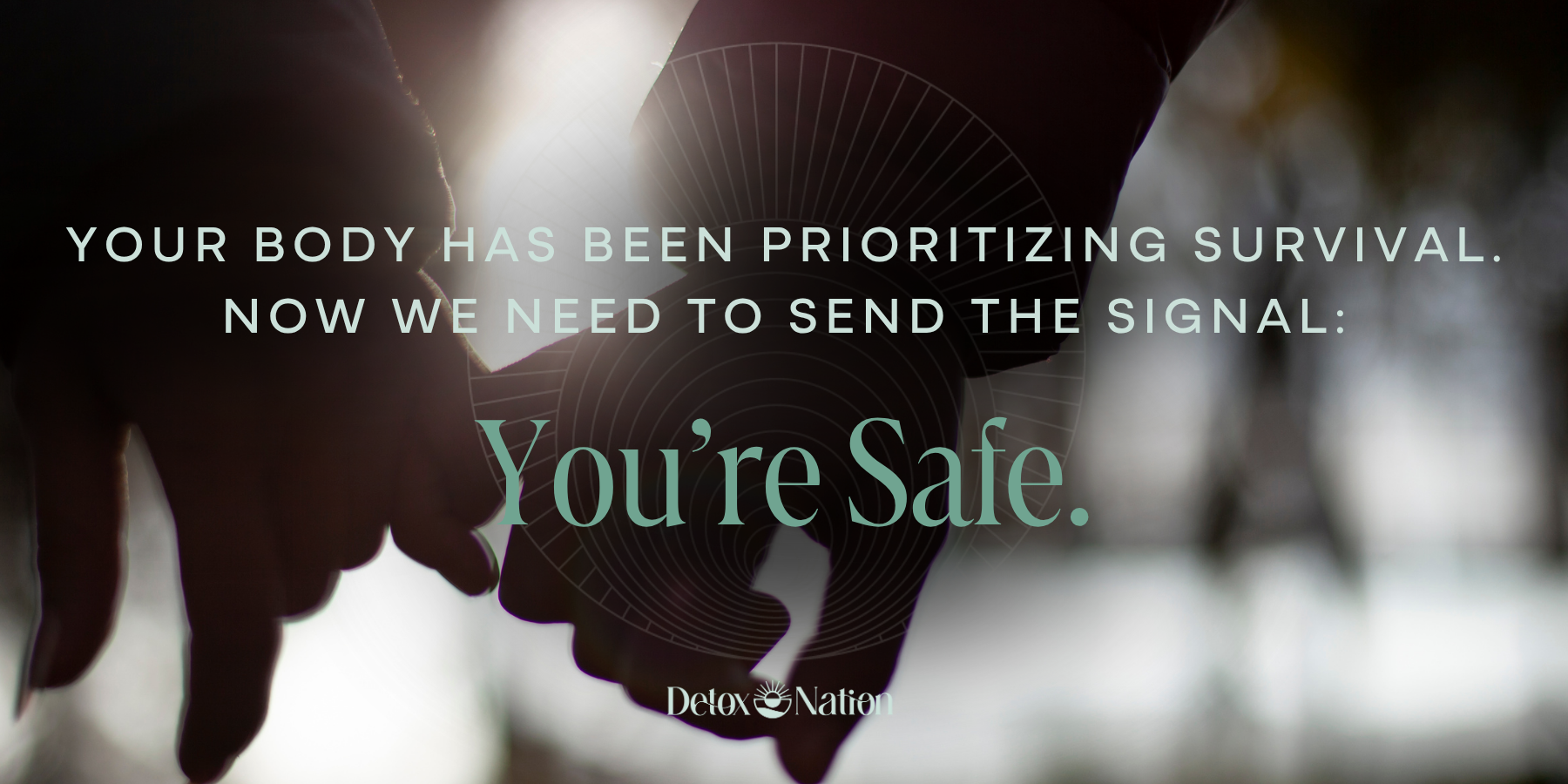
T Cells, NK Cells, mTOR & Why Your Energy Is Being Rerouted
When chronic infections are active, your body starts allocating resources to immune surveillance, defense, and cellular “lockdown” instead of giving you energy to think clearly, digest food, or go for a walk without needing a nap.
Let’s look at what’s happening under the hood.
T Cells Are on High Alert (and Eventually Burn Out)
When your immune system detects a viral threat, it calls in the CD8+ T cells—the cytotoxic “assassins” that hunt down infected cells (6). Great, right?
Sure—in the short term.
But with chronic viral infections, these T cells stay activated for too long.
Eventually, they become exhausted, less effective, and more inflammatory.
Think of them as soldiers who’ve been on 24/7 patrol for years without rest.
They start making mistakes—missing targets or accidentally triggering more inflammation.
This constant low-grade T cell activation is one reason why you feel worn out even when you’re not “sick.” (6, 17, 23, 24)
Natural Killer (NK) Cells Get Pulled In—Then Depleted
Your Natural Killer cells are another immune frontline—fast, powerful, and designed to eliminate infected or damaged cells before things escalate.
But guess what?
Chronic infections expand NK cell activity initially, until your body runs out of reserves.
CMV has been found to expand the size and number of NK cells, a very energy intensive process (8, 13).
Furthermore, these NK cells have been programmed to shift their metabolism to mTOR (more on this next) (13).
That leads to reduced immune clarity, more susceptibility to new infections, and—you guessed it—less energy for everything else.
mTOR Dysregulation
Viruses like EBV and CMV disrupt a complex cellular pathway called mTOR (mechanistic Target of Rapamycin) (13).
Under normal conditions, mTOR helps cells grow and rebuild. But viruses exploit this pathway to promote their own replication.
This does three things you don’t want:
- Burns cellular fuel you desperately need for repair and detox
- Increases metabolic stress, leading to more inflammation
- Keeps your system locked in a reactive, not restorative, state
In other words, they can trick your cells into turning on growth mode—not for healing, but for making more copies of themselves (29).
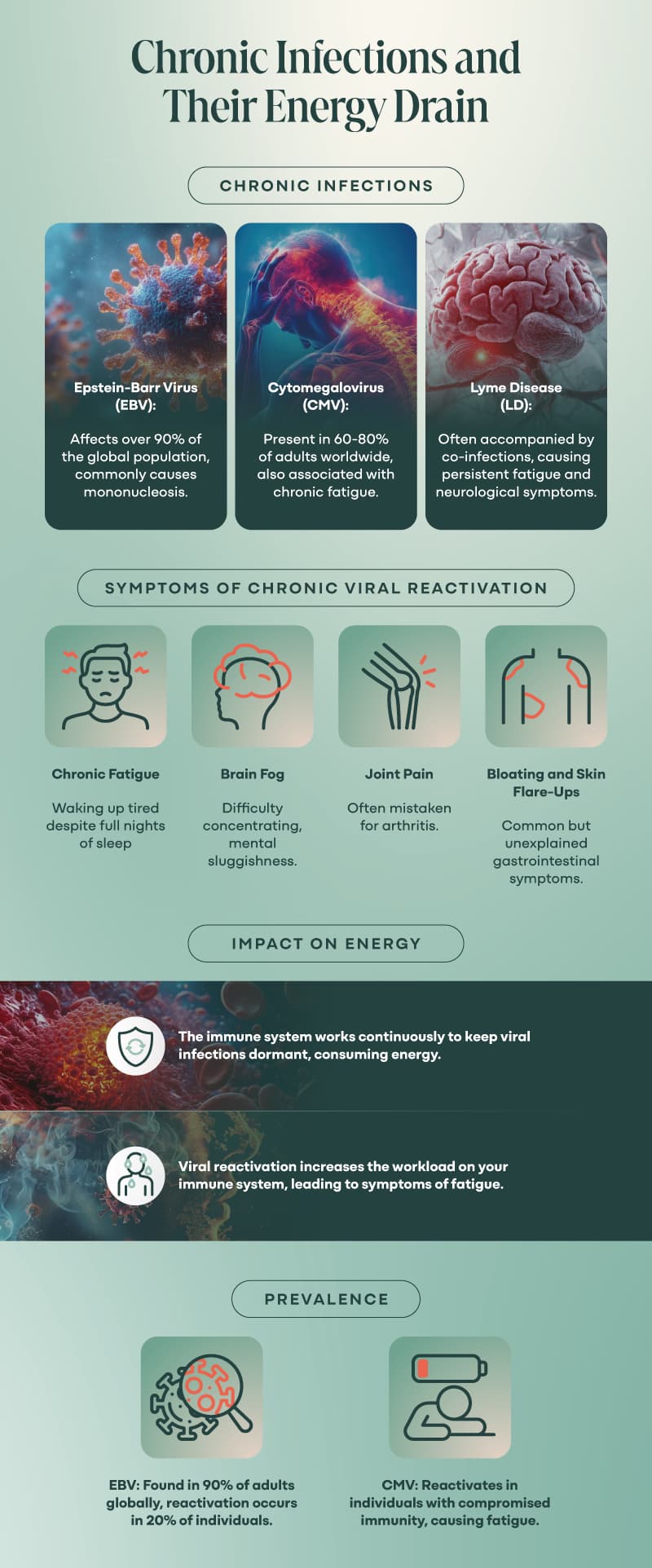
What This Means for You
If you’ve been told your symptoms are “just stress” or “just aging,” it’s time to reframe.
It starts with recognizing that microscopic invaders don’t operate in a vacuum. They thrive in overwhelmed environments—especially when the body is dealing with multiple exposures at once.
The more you understand what’s happening, the more power you have to respond—not with panic, but with precision.
The key takeaway here is this: You’re not sick because of one thing. You’re stuck because of a system that’s too burdened to heal efficiently.
That’s why short-term fixes fall flat—and why symptom-chasing doesn’t work.
But once you start peeling back the layers, rebuilding your internal terrain, and shifting from “push harder” to “support smarter,” your body starts whispering, “Okay. Now I can work with this.”
And that’s exactly what we’ll walk through next—practical, sustainable steps to start supporting your body right now, without guessing, forcing, or going broke in the supplement aisle.

What You Can Do: Stop Forcing, Start Supporting
If your brain’s going, “Okay… but now what?” — you’re in the right place.
This is where we move from coping to resolving.
The goal here isn’t to fight pathogens like a battle. The goal is to change the conditions that allowed them to become an issue in the first place.
Because your body’s not confused—it’s been prioritizing survival.
Now we need to send the signal: You’re safe. You can heal.
Regulate Your Nervous System—Daily, Not Perfectly
Your nervous system is the foundation.
Without it, you’re doing protocols in fight-or-flight, which makes the body more reactive and less receptive.
You don’t need a 90-minute breathwork session. Start with 5 minutes of rhythm:
- Humming or singing
- Gently swinging your arms
- Grounding your bare feet outside
- Practicing “soft gaze” (unfocusing your vision)
- Box breathing (inhale for 4, hold for 4, exhale for 4, hold for 4)
Remember: healing happens in safety. Not in force. Not in control. In flow.
Support Your Drainage Pathways
Before you touch a single antiviral, binder, or biofilm breaker—make sure your body can move waste out.
Start with:
- Gentle lymph support (the “Big 6” lymphatic self-massage, rebounding, castor oil packs)
- Regular bowel movements (daily, minimum—magnesium, bitters, hydration can help)
- Liver-loving foods (beets, dandelion, arugula, lemon water)
- Deep belly breathing (yes, really—it moves lymph and calms the Vagus nerve)
- Deep hydration using distilled water and minerals
If your “detox” feels like getting hit by a truck, it’s a sign your exits are blocked.
Rethink Your Strategy
Instead of asking, “What can I take to kill the bug?”
Ask, “What does my body need in order to not be a good host anymore?”
That might include:
- Mitochondrial support (CoQ10, B vitamins, molecular hydrogen, or targeted mitochondrial blends)
- Gentle biofilm disruption (systemic enzymes, bicarbonate, essential oils—but only after drainage is open)
- Minerals—especially magnesium, zinc, and selenium (which viruses deplete)
And please don’t throw 12 supplements at this in week one. More does not equal faster.
Address Co-Stressors Over Time
You don’t have to fix mold, parasites, trauma, EMFs, and metals all at once.
In fact, you shouldn’t.
Address co-stressors in the specific order that honors the preferences and abilities of your body to heal at a pace you can tolerate.
Work with an experienced practitioner to help create a customized approach designed just for you.
Stay Curious, Not Controlling
This part might sound soft, but it’s not—it’s crucial.
If you try to force your way through healing, your body will brace. It will tighten. It will go back into defense.
But if you get curious—What helps me feel more supported? What makes my symptoms worse? What feels nourishing instead of punishing?—then your healing becomes a partnership, not a project.
This is a practice. Not a race. Not a perfection contest. A practice.
And you’re already in it.
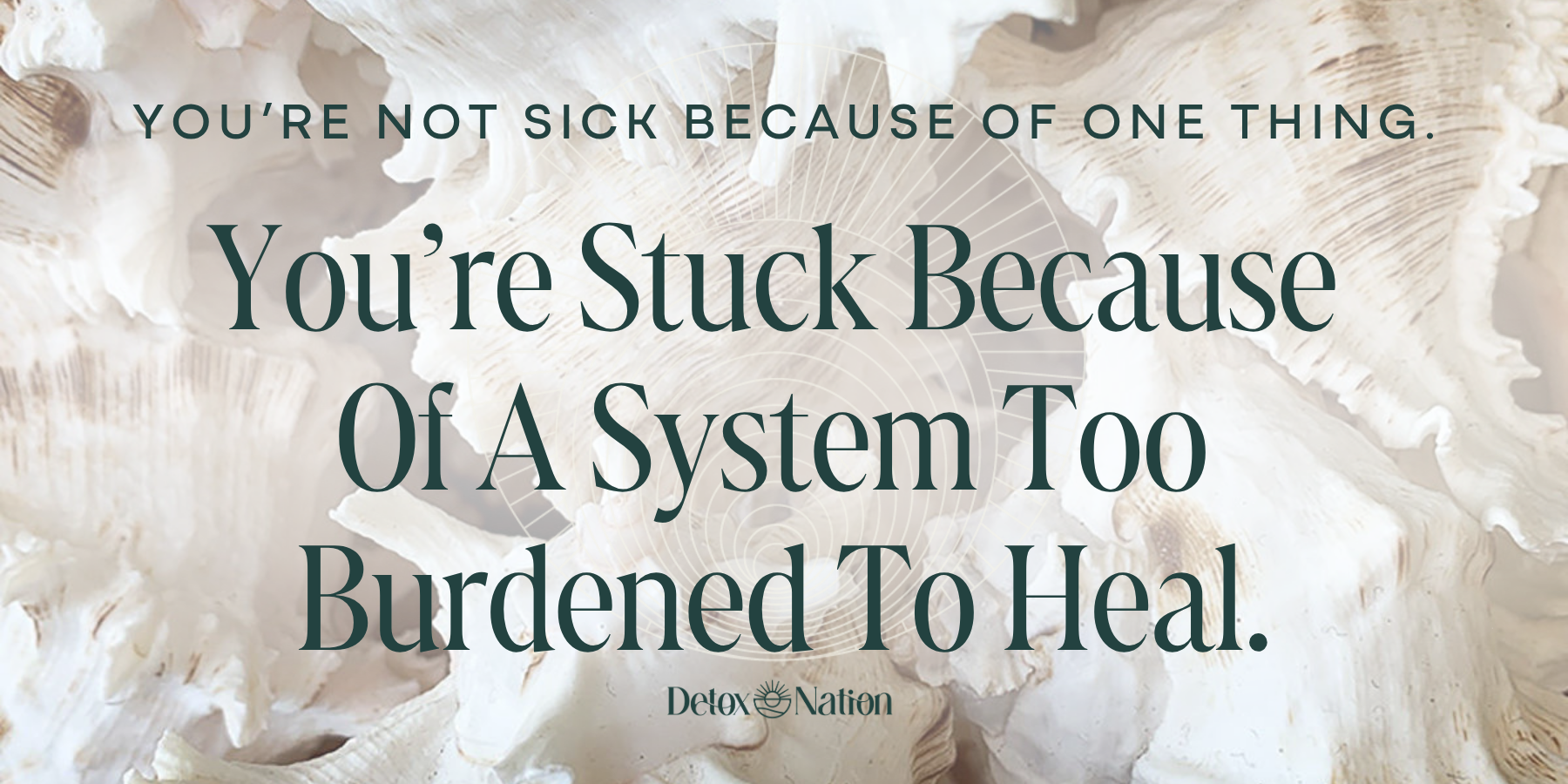
Your Body Isn’t Broken—It’s Brilliant
I want you to hear this clearly: You’re living in a body that’s been quietly carrying the weight of chronic infections, immune confusion, toxic exposures you didn’t consent to, and nervous system dysregulation—while trying to keep up with everyday life.
That level of exhaustion is a signal.
Your body is asking for a new way forward, and now you have the map.
You’ve learned how invaders affect energy, immune clarity, mitochondria, and nervous system regulation.
You’ve seen how other stressors like mold, metals, and trauma layer into that fatigue loop.
And more importantly—you’ve seen that this is changeable.
If you’re nodding along but thinking, “I need help putting this all together…” —you’re not alone.
How We Can Help
Our Healing Labs program is where we dig into the real root causes with advanced toxin testing, personalized protocols, and expert support every step of the way. It’s for people who are ready to stop throwing darts in the dark—and finally get traction in their healing.
Learn MoreFAQs about Persistent Infections
1. How do I know if I have chronic viral infections like EBV or CMV?
Most standard labs only test for past exposure—not reactivation. We use viral load testing to assess whether you have a latent infection or if these viruses are currently impacting your energy, immune response, or detox capacity.
2. My doctor said EBV isn’t a big deal. Should I be worried?
EBV is common—but “common” doesn’t mean harmless. If it’s reactivated in a stressed, toxic, or depleted body, it can quietly drain your energy and trigger inflammation without causing obvious illness.
3. Can I get rid of EBV or CMV completely?
These viruses stay with you for life—but that doesn’t mean you’re stuck. The key isn’t eradication—it’s creating an internal environment where they can’t thrive or flare.
4. What are the symptoms of persistent infections?
Chronic fatigue, brain fog, joint pain, poor sleep, food sensitivities, low resilience to stress or illness, and “mystery” symptoms that never fully resolve.
5. What’s the difference between active infection and reactivation?
Active = initial acute infection or primary infection (like mono). Reactivation = the virus wakes up later, often silently, when your system is run down.
6. What causes viruses to reactivate?
Toxic exposures (mold, metals, parasites), emotional or physical stress, trauma, nutrient deficiencies, poor sleep, or immune suppression from other sources.

